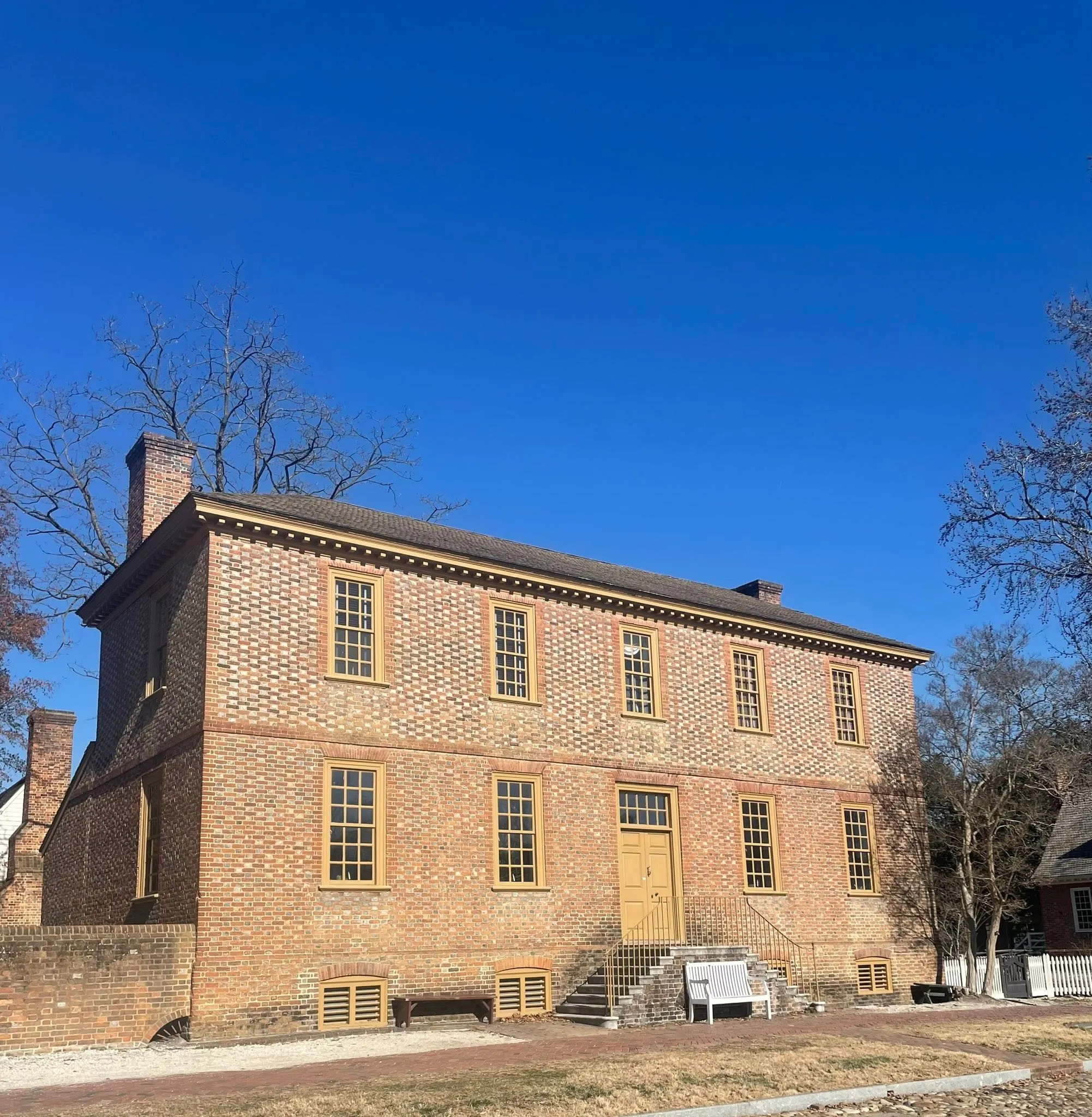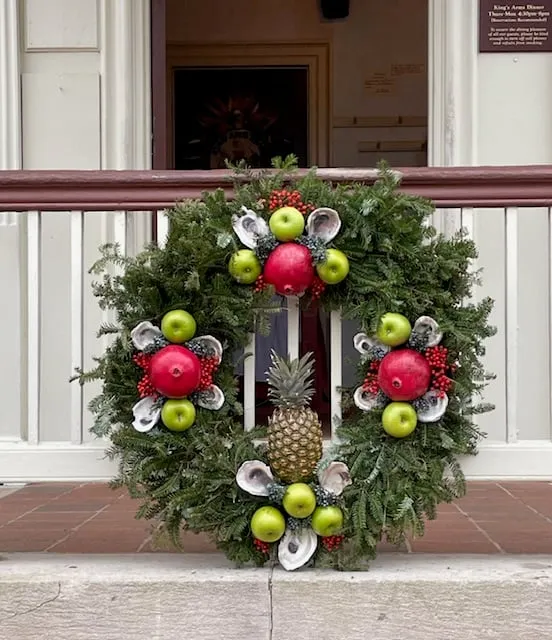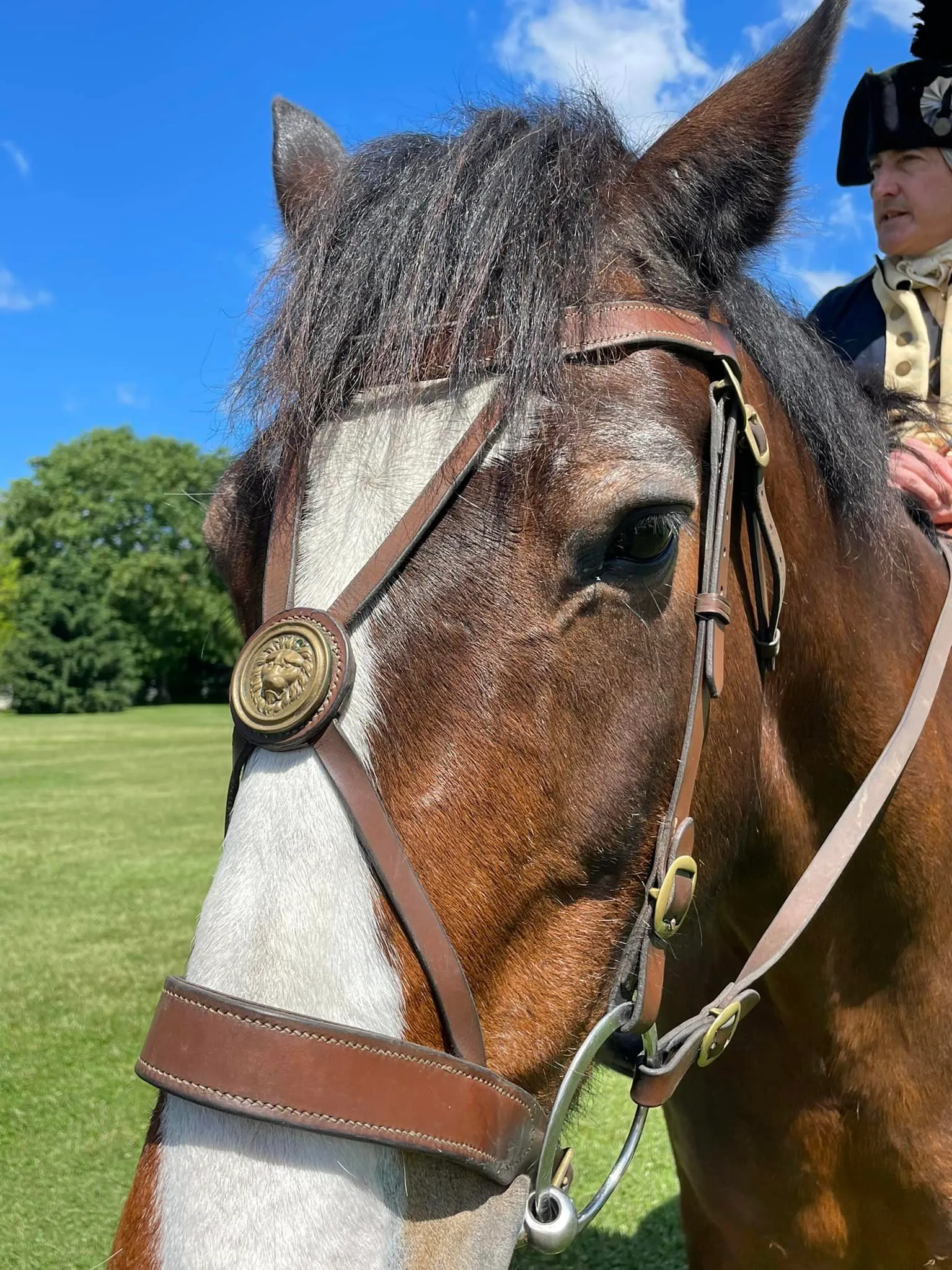Stratford Hall in Virginia: A Historical Jewel Linked to the Revolutionary Era Lee Family
Stratford Hall in Westmoreland County has ties to the founding of this nation.
I've been on the road to obsession with the Revolutionary Lees for awhile now. The more I learn about our nation's founding, the more 18th century Lees I "meet," the more I've wanted to get to Stratford Hall Historic Preserve in Westmoreland County. A perfect reason to visit Virginia's Northern Neck.
Preparing for the visit was a blog post in itself (click here if you want my tips on preparing to visit an historic site!)
One thing I did to prepare was revisit and catch up on the Stratford Mail podcast with Dr. Gordon Blaine Steffey- who I got to meet! On one of his episodes, he said something that ties up my feelings with a bow- something to the effect of "elevating this historical site to the prominence it deserves."
And here we are with me doing my bit to make that happen.
I reached out to Anne Wilson, Stratford Hall's Director of Marketing and Communications. She coordinated my visit to get insight into this magical place and I couldn't be more grateful.
Necessary disclaimer: As a blogger, I use affiliate links sometimes! I may receive commission from purchases I share; it does not change your price but sometimes you might get a discount.

Path to the Great House of Stratford Hall
The family - specifically
Thomas and Hannah's kids
The Lees of Virginia do date back to the 17th century, but I'm starting with Thomas Lee and his wife, Hannah Ludwell of Green Spring, just outside Williamsburg.
Thomas Lee who married Hannah, redeveloped this land, previously Clifts Plantation, into Stratford Hall. Their sons and daughters became "key agents of the American Revolution." (per website - click here to read about each family member).
The following is a list of Thomas and Hannah's kids- you can see why I've been drawn into this family's history. You'll also find more about these Lees and their stories as the blog progresses.
Philip Ludwell Lee, 1727-75
The eldest son who inherited Stratford Hall, he is known for expanding the family business and property- even into breeding racehorses! Like many men of his "status," Philip represented his neighbors in the Virginia House of Burgesses. He died before the 1776 vote for Independence. He's remembered as being extravagant and a bit at odds with his siblings before his death.
Hannah Lee Corbin, 1729-82
Often referenced as the "first suffragette." Click here for my blog post written after learning about the eldest daughter of this generation of Lees.
Thomas Ludwell Lee, 1730-78
Thomas was on the committee to create the Virginia Declaration of Rights with George Mason. A document leading by example for the future U.S. Bill of Rights.
Richard Henry Lee, 1732-94
Signed the Declaration of Independence but also brought the news of Virginia's vote for independency to the Continental Congress in Philadelphia. This got the debate started with his resolution, introduced on June 7, 1776. It was adopted on July 2nd, 1776.
Francis Lightfoot Lee 1734-97
Signed the Declaration of Independence along with his brother Richard Henry. Known as Frank or Loudon most often. He was even remembered in writing by Samuel Clemens (Mark Twain) for his public service.
Alice Lee Shippen, 1736-1817
Along with husband Thomas Shippen, hosted many members of the Continental Congress during the pivotal years in Philadelphia. You may have heard of Shippen House?
William Lee, 1739-95
This brother spent most of the "revolutionary" years overseas. From London to France to Vienna, he was in positions appointed by Congress to represent our interests. However you phrased it: commissioner, agent and so on: a diplomat.
Arthur Lee, 1740-92
Our "man in London" - an international spy during the American Revolution and whose been written about by everyone from Ben Franklin to John Adams. This is one Lee whose story I'm excited to dive deeper into. Especially after this Stratford Mail episode.
A note about later Lees.
Because I don't skim over facts, it's important to note that later Stratford Hall was the the birthplace of Robert E. Lee- but his connection is a bit distant in my opinion. His father Henry Lee III married a cousin, Philip Ludwell Lee's daughter Matilda of Stratford. After her death, Henry III married Ann Hill Carter and they left Stratford not long after Robert E. was born.
Stratford was passed to Henry Lee IV, a direct heir to Matilda.

Lee family christening gown, worn by multiple generations.
The property - inside and out.
The words "historic preserve" are included in Stratford Hall's logo and official name--and I love that! Phil Mark, who is the Director of Preservation at Stratford Hall is top-notch. On my visit, he explained everything from the paint and carpets to the current investigation of exterior stairs to me.
The attention to accuracy and continual updating based on research and new technology is as fascinating as the family who lived in the home, their enslaved and indentured servants, hired help, and the visitors who set foot on the property.
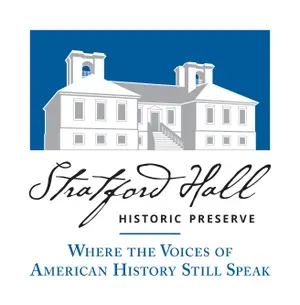
Some of my most memorable bits about the property:
- all of the structures are original except the stores and part of the stables
- the burial vault is original underneath, but the top is based on conjecture- and the family is no longer buried on the property (they were recovered by descendants as the property left the Lee family)
- the Flemish bond brick is classic to the period in Virginia; at Stratford Hall's Great House there are rubbed bricks around the windows, and stunning arch-work
- preservationists knew the carpet in the parlor was wall-to-wall based on the window design
- a stair tread and a newel post offered an architectural story to utilize in restoring the staircase
- the two sets of four chimneys indicates more fireplaces existed in the original version of the house
- no detail of the exterior staircases is known to exist, so archaeological research is underway
- paint analysis led to the accurate use of Verdigris to give color to walls; Stratford Hall works with Dr. Susan Buck, a renowned paint analyst and conservator as well as with a man who makes the paint using period processes
Preservation and conservation, along with the curation of objects, and the reconstruction of buildings and gardens all lead to a deeper understanding not just of the people of Stratford Hall, but of daily life in 18th and 19th century Virginia.
To learn more about the preservation of Stratford Hall, read this article on their website.

Parlor at Stratford Hall, wall-to-wall carpet and Verdagris on walls
Next up: organize your visit to Stratford Hall.
Choose your ticket type.
- Daily ticket: to explore the beautiful grounds or do what I recommend: a self-guided house tour.
- Special events: from educational events to the Christmastide events to their Brews and BBQ Festival coming in the spring of 2025- you'll always find the details here.
- And the ultimate: a membership.
If you're interested, here are the details on tickets and an annual membership (which I highly recommend if you want to support the continued success of Stratford Hall's preservation, visit throughout the year, and get exclusive access to events designated for donors).

Membership detail at Visitor's Center.
Types of tours
Audio tours.
Self-guided tours are available and you can use their technology, or choose your adventure downloading the tour of your choice when you arrive. Debbie at the reception desk was not only full of smiles and excitement, she helped me get sorted on using my phone for the audio!
Tours available currently range from their "primary" tour: "Who lived at Stratford Hall?" (one for adults, one for kids!) to the "Leading Ladies" and one focused on "African and African American Life at Stratford Hall."
Group tours.
Hands-on learning (including searching for fossils!) is something I'm a huge proponent of. If you've followed along, you've seen my partnership with History Unboxed.
It's not surprising I've recommended to my home-school-mom bestie to get in touch with Director of Education Kelly Childress and get a tour on deck. Traditional classrooms or home-schoolers alike will benefit from a group tour at Stratford Hall.
Curious about private excursions? Click here.
And if you're a teacher, check out their July 2025 teacher's seminar here.
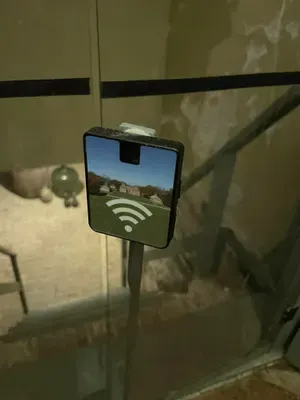
Audio tour technology.
Set time aside for 'Stratford at the Crossroads'
Spend time in the "Stratford at the Crossroads" exhibit when you arrive. It will give you insight into all the people who lived there- and more.
Clearly, I loved it for the objects on exhibit - but here are three incredibly cool tidbits explained to me by Ms. Childress that make it a standout:
- There are no little placards with text to read; instead you get a booklet to take with you so you can look back on each object and always have the reference info on hand. This was such a revelation IMO - I was able to focus on the objects and not worry about "remembering" the details.
- The name of the exhibit. It truly embodies the importance of the place, but also of the time in early American history where cultures, commerce, and creation of a new government all meet.
- The intention that went into one specific section: no spoilers, but I'll say this. The women of Stratford, both the Lees and their enslaved, are given a special place in the gallery. And-- descendants of the enslaved played a role in the exhibition that truly tells their stories.
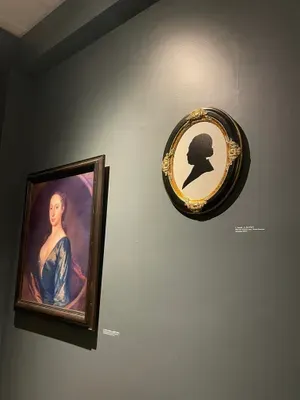
Stratford at the Crossroads exhibit.
Stop by the gift shop.
Stratford Hall's gift shop is where you'll find outstanding books related to the Lee family and American Independence as well as art, specialty tea, and even corn meal milled at their gristmill on the property (with corn they've grown)!

Gift shop book display at Stratford Hall.
Lastly: events and getaways...writing for example
The lodging at Stratford Hall is on my list of "places to write." Or retreat for a workcation, something I talk about on my Free At 50 blog.
Whether you're doing a solo retreat or taking time to visit with friends or family, they have you covered. Click here to learn about the guesthouses and here for the log cabins (open seasonally) - then book your visit!
But also- there is a building you can rent out for events- corporate meetings, weddings, and so on! Click here to inquire.

Building available for events.
Closing words from history.
From Letters of William Lee, 1766-1783
Lee, William, 1739-1795.; Ford, Worthington Chauncey, 1858-1941.
1968 (Volume I)
William recounts actions in the House of Lords to his brother. You may want to follow up on Lord Chatham, whose speech you can find here and, who is the focus of this passage on one of my favorite primary-source resource sites.
From William Lee to Richard Henry Lee
"London, 20 Jan., 1775, 9 o'c at night.
(excerpt)
Amongst them is the Congress petition to the King, the Resolutions and proceedings of Congress, with sundry other Papers. The titles being read, Lord Chatham got up, and speaking for an hour in an astonishing manner to me, who never had the happiness of hearing him in public before, he moved that an address should be presented to the King, to remove the troops from Massachusetts Bay, as an earnest to America, that some conciliating Plan was about to be adopted here; "
Are you enjoying the blog? Tip me using my online tip jar!
There is a huge practical disclaimer to the content on this blog, which is my way of sharing my excitement and basically journaling online.
1) I am not a historian nor an expert. I will let you know I’m relaying the information as I understand and interpret it. The employees of Colonial Williamsburg base their presentations, work, and responses on historical documents and mainly primary sources.
2) I will update for accuracy as history is constant learning. If you have a question about accuracy, please ask me! I will get the answer from the best source I can find.
3) Photo credit to me, Daphne Reznik, for all photos in this post, unless otherwise credited! All photos are personal photos taken in public access locations or with specific permission.


